Robot and remote-controlled machine technology for accident response and decommissioning of the Fukushima Daiichi Nuclear Power Plant
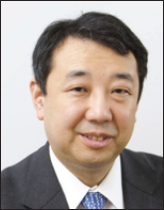 Professor Hajime Asama, The University of Tokyo
Professor Hajime Asama, The University of Tokyo
Monday August 25, 2014 at 18:45, Auditorium 1
Abstract: The Great Eastern Japan Earthquake and Tsunami occurred in March 11, 2011, and as a result, the accident of Fukushima Daiichi Nuclear Power Plant occurred. Utilization of remote-controlled machine technology including robot technology (RT) was essential for the response against the accident to accomplish various tasks in the high-radiation environment. In this presentation, it is introduced how the technology has been utilized in the emergent situation of the accident, and what kind of technology is still demanded for decommissioning. It is also analyzed why the robot technology developed in the past projects in Japan could not be introduced smoothly in the emergent situation, and issues are discussed how we should prepare for the future possible disasters and accidents, including not only technological development but also maintenance of technology, training of operators, establishment of mockups and test fields, and political strategy.
Biography: Hajime Asama received his B. S., M. S., and Dr. Eng. from the University of Tokyo, in 1982, 1984 and 1989, respectively. He worked in The Institute of Physical and Chemical Research from 1986 to 2002. He became a professor of Research into Artifacts, Center for Engineering, the University of Tokyo in 2002, and a professor of School of Engineering, the University of Tokyo since 2009. He received JSME Robotics and Mechatronics Award in 2009, RSJ Distinguished Service Award in 2013.
He was the vice-president of RSJ in 2011-2012. He was an AdCom member of IEEE Robotics and Automation Society from 2007 to 2009, the president-elect of Intelligent Autonomous Systems Society from 2012, and an associate editor of a number of journals including Control Engineering Practice, Journal of Robotics and Autonomous Systems, and Journal of Field Robotics. He was the director of the Mobiligence (Emergence of adaptive motor function through the body, brain and environment) program in the MEXT Grant-in-Aid for Scientific Research on Priority Areas from 2005 to 2009. He is a Fellow of JSME and RSJ. Currently, he is the chairman of the Task Force for Remote Control Technology of the council for decommissioning of Fukushima Daiichi NPP, the leader of the Project on Disaster Response Robots and of Council on Competitiveness-Japan, and the chairman of Robotics Task Force for Anti-Disaster.
His main research interests are distributed autonomous robotic systems, smart spaces, service engineering, Mobiligence, and service robotics.
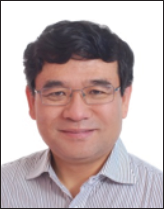 Professor Lei Guo, Chinese Academy of Sciences
Professor Lei Guo, Chinese Academy of Sciences Professor Thomas Jones, Stellenbosch University and S-Plane Automation (Pty) Ltd
Professor Thomas Jones, Stellenbosch University and S-Plane Automation (Pty) Ltd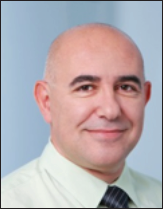 Professor Mustafa Khammash, Swiss Federal Institute of Technology (ETH Zurich)
Professor Mustafa Khammash, Swiss Federal Institute of Technology (ETH Zurich)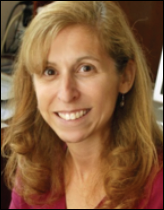
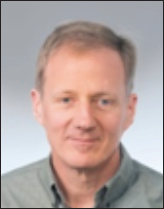 Mr. Jack Little, MathWorks Inc.
Mr. Jack Little, MathWorks Inc. Dr. Joseph Z. Lu, Honeywell Process Solutions
Dr. Joseph Z. Lu, Honeywell Process Solutions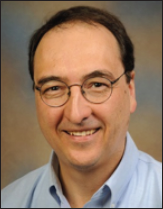 Professor Richard Murray, California Institute of Technology
Professor Richard Murray, California Institute of Technology Dr. Ernst Scholtz, ABB Corporate Research
Dr. Ernst Scholtz, ABB Corporate Research Dr. David Vos, Tebogo LLC
Dr. David Vos, Tebogo LLC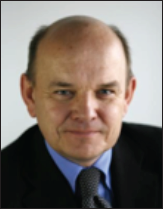 Dr. Heinrich Frontzek, Festo AG
Dr. Heinrich Frontzek, Festo AG